
Academic Series 1. How to Plan Your Academic Essay
A short guide to help you confidently tackle your academic paper assignments and make your writing process efficient and stress-free.
By Weava Team • 7 min read
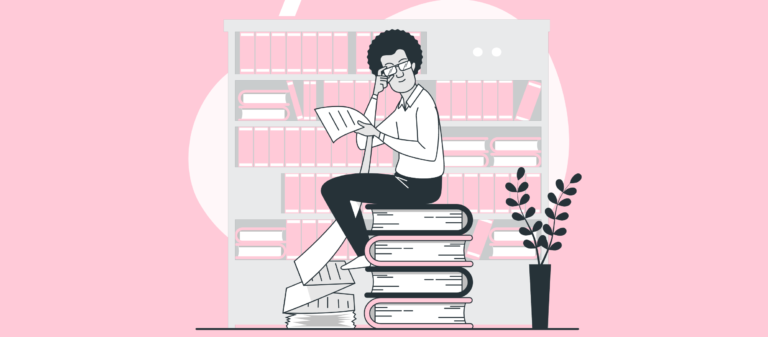
Welcome to the second article of Weava’s Academic Series!
This Academic Series is a guide to help you confidently tackle your research and paper assignments. We recommend you to read our previous article on How to Plan Your Academic Essay for more tips.
Knowing how to manage your reading can help you make the most out of the available materials and participate in class discussions. But how do you condense large amounts of texts into useful information? And how can you improve knowledge retention when reading complex texts? Weava is a powerful tool in this case. Read this guide to learn how to use the different Weava features to manage your readings and read effectively.
Many disciplines will require you to do some reading on your own. Knowing why you are reading a particular text will help you set a goal and ensure the time spent reading is beneficial to your learning process. Therefore, you need to think about and determine a clear purpose before you get started.
Consider determining these purposes for your reading:
Many disciplines will require you to do some reading on your own. Knowing why you are reading a particular text will help you set a goal and ensure the time spent reading is beneficial to your learning process. Therefore, you need to think about and determine a clear purpose before you get started.
Consider determining these purposes for your reading:
Use the indicators below to check if your source is credible:
Consider the tips below to select useful articles from journals or research papers:
Weava is a tool that can help you read efficiently. With Weava, you can highlight on websites and PDFs, annotate on your highlights, organize them in your customized folders, and collaborate with your peers in one place. Learn the tips below:
1. Categorize the purposes of your study and research in different highlight colors.
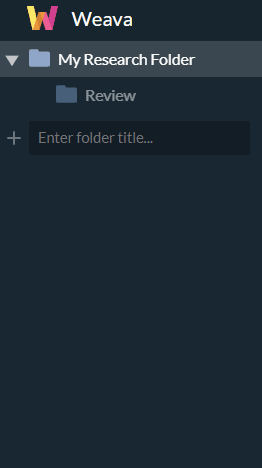
2. After highlighting multiple information sources, review your highlights and notes from your sidebar or dashboard instead of re-reading the whole materials.
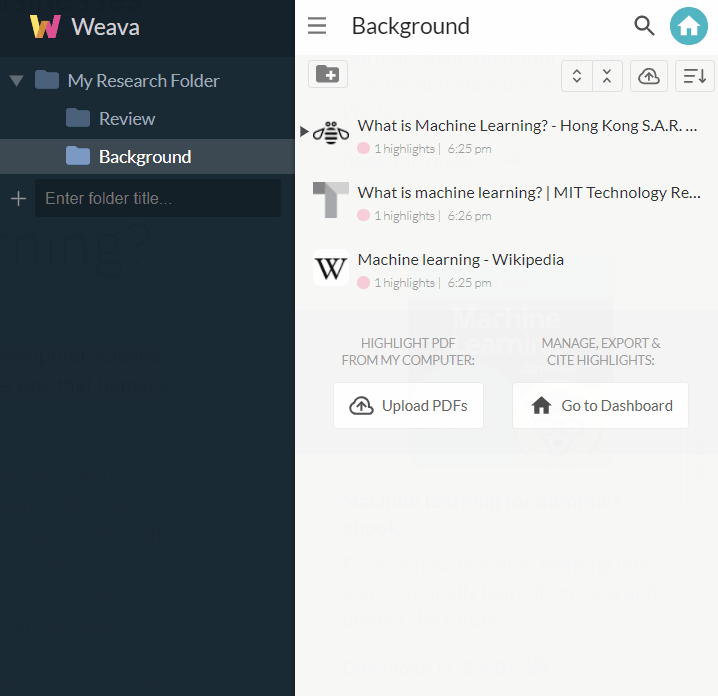
3. Invite your peers to collaborate. Be creative to use Weava’s features – for example, assign one color for each contributor to take notes or questions.
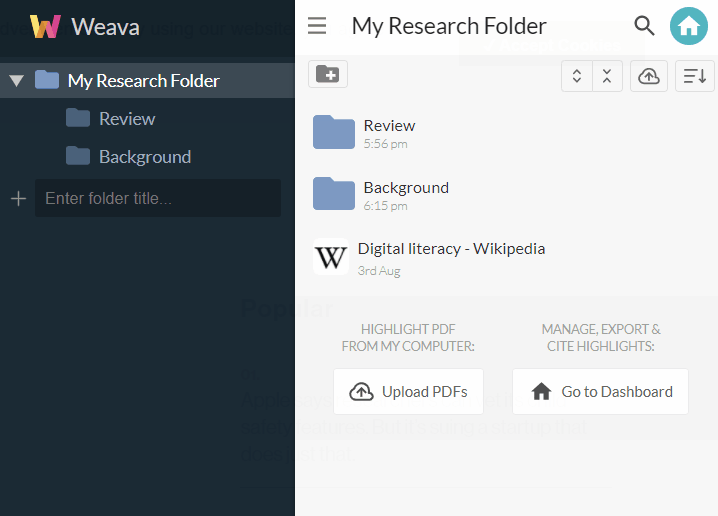
An additional tip from us is to have both your lecture slides and other relevant online reading materials in the same Weava folder for easier cross-references.
Weava is a great tool for students as it helps you to easily retain information and stay organized on the web. Weava is currently used by hundreds of thousands of users worldwide in their academic journeys. If you haven’t already, consider downloading the Weava Chrome extension today.
Weava Resources – How to Highlight with Weava
Weava Resources – How to Annotate with Weava
Weava Resources – How to Organize with Weava
(n.d.). Managing academic reading – Reading and making notes – LibGuides at University of Reading. Retrieved from https://libguides.reading.ac.uk/reading/reading

A short guide to help you confidently tackle your academic paper assignments and make your writing process efficient and stress-free.

While we believe that the free Weava plan is amazing already, Weava Premium will truly help you supercharge your work and research for your study.
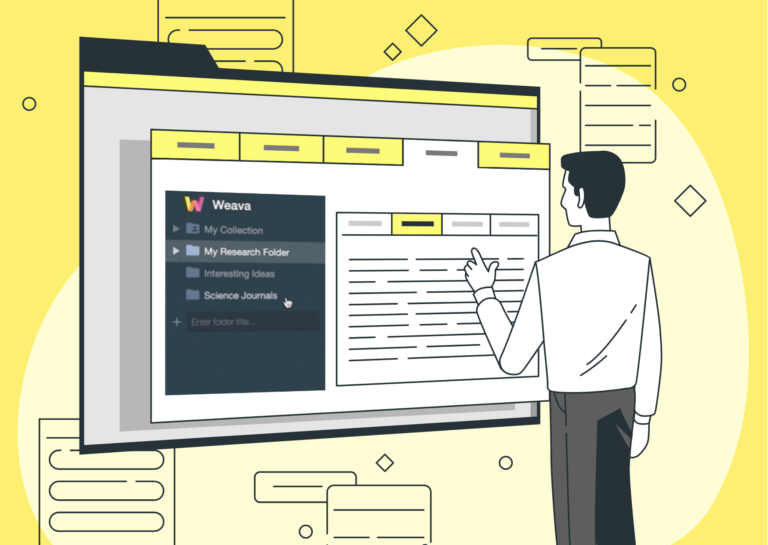
This article focuses on the “Organizing” feature on Weava, and is part of the 4-series onboarding guide to help you make the most out of Weava.
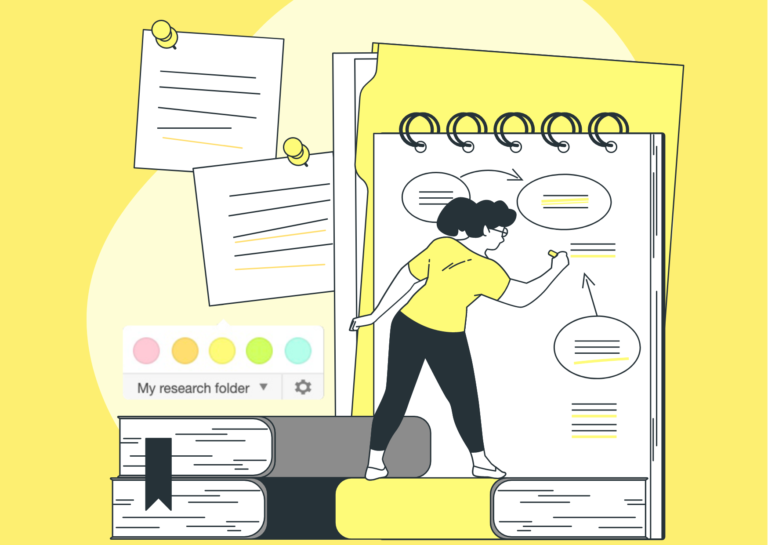
This article focuses on the “Highlighting” features of Weava, and is part of the 4-series onboarding guide to help you make the most out of Weava.